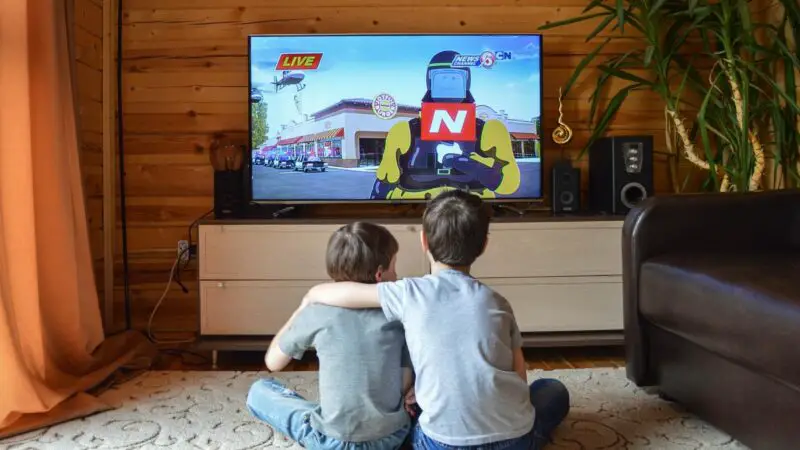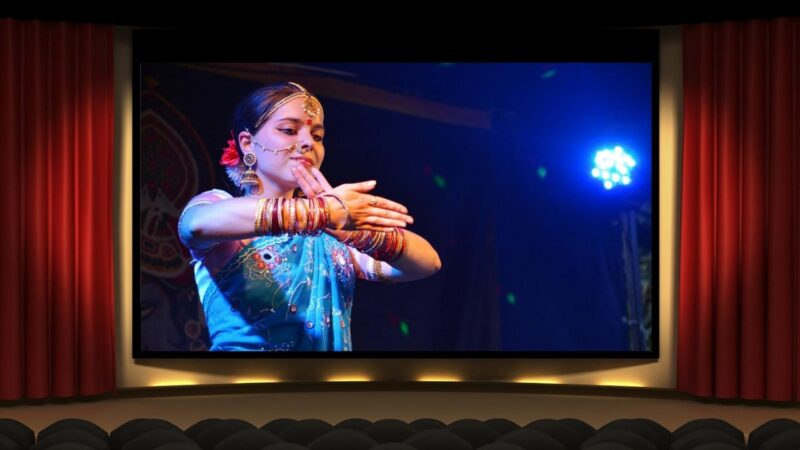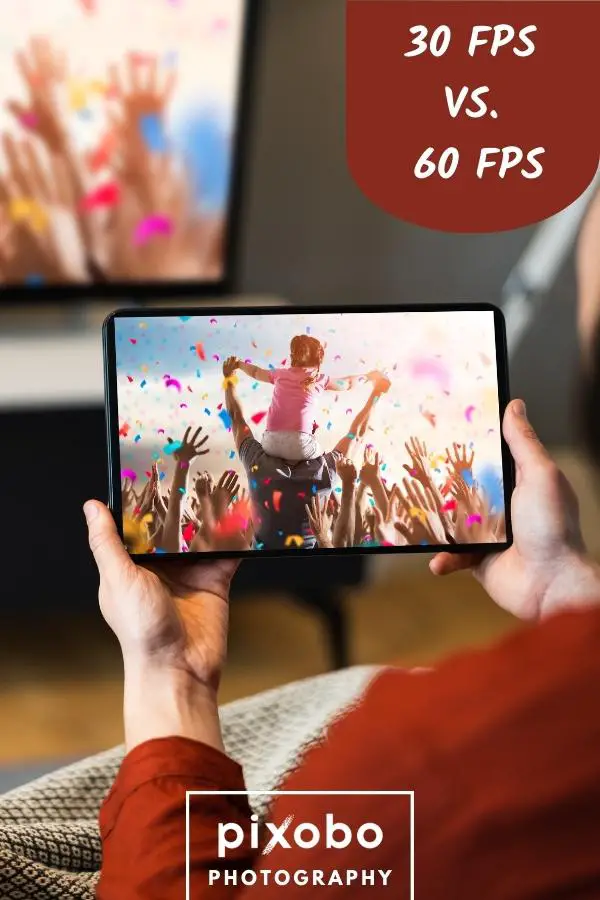When making a video and planning to post it online, you might have encountered 30 FPS and 60 FPS, but you are still confused as to which one you should use.
To add to the confusion, you learned that there are other FPS values to choose from. You might also have heard the term “frame rate” but the explanations you found are too complicated.
Learning about frame rates and FPS can be challenging since you might think that they need some technical expertise. But the truth is, you don’t have to be a professional videographer or filmmaker to understand them.
In this comprehensive guide, you will learn the difference between 30 FPS and 60 FPS and how to choose the best frame rate.
Table of Content
What Are Frame Rates?

As the name suggests, the frame rate is the frequency of still photos that appear on screens or projectors. In short, it tells you how fast the images on a screen change.
As expected, this term is usually used in films, TV shows, sports videos, and video games. The standard unit of measurement for frame rates is frame per second or FPS.
As we all know, videos are a series of still photos called frames. Once these frames are viewed in a sequence at a certain speed, they appear to be moving or in motion.
A 30 FPS video means that 30 different images are seen every second, while the same video is played at 60 FPS, which simply means that 60 distinct images appear every second.
Brief History of Frame Rates
The frame rate is as old as motion pictures when American inventor Thomas Edison invented the kinetoscope in 1891. At that time, he was assisted by William Dickson, who then works at Edison Manufacturing Company. Here, a person would peep into the lens to see pictures moving continuously at a constant speed. Since then, cinema was born.
Over the years, filmmakers decided to experiment with the speed of videos, and different frame rates were tried. Later, different standard frame rates were set for each medium.
For instance, 24 FPS is the standard frame rate for Hollywood movies and the like. But in today’s era of video streaming, most videos run at 30 FPS or 60 FPS and other values.
On the other hand, the standard TV broadcast frame rate in the US is 30 FPS since the American power grid is 60 Hz. This was the time when all TV sets were only black and white.
But when colored TV sets were introduced in 1953, the standard frame rate was reduced to 29.97 FPS. This is to make it compatible with both colored and B&W TV sets.
How Are Shutter Speeds Related to Frame Rates?

As the name implies, the shutter speed is the length of time that a camera shutter is open. Shutter speeds are typically expressed in fractions of a second such as 1/250.
A higher denominator indicates faster shutter speeds. Slower shutter speeds mean that the subject is exposed longer, while faster shutter speeds result in shorter exposure.
In videos, the standard relationship between shutter speeds and frame rates is called the 180-degree shutter rule. Here, the value of the shutter speed is twice the frame rate since it is the best visual perception of people of what they see in real life. Hence, a 30 FPS video requires a shutter speed of 1/60, while a 60 FPS video needs a 1/20 shutter speed.
Since lower shutter speeds mean bringing more light to the camera, they can add light to darker scenes. On the other hand, faster shutter speeds will cause scenes to be darker than they should be.
In doing so, you may need to add light. Breaking the 180-degree shutter rule may disorient your viewers if you don’t know how to do it properly.
What Are the Common Frame Rates You Can Choose From?
The frame rate of a video has a huge impact on the viewer experience. But to be clear, higher frame rates do not necessarily mean that the video will have a better quality than videos with lower frame rates. Yet, higher frame rates produce smoother footage when slowed down. Here are the three most common frame rates you can choose from:
1. 24 FPS
As stated earlier, 24 FPS has been the standard frame rate for making movies and is the most favored among filmmakers. Interestingly, it is also the most common frame rate in projectors.
Since the motion is fictional, this frame rate allows you to record fluid motion between the frames and convert it into realistic cinematic quality with more motion blur.
Needless to say, 24 FPS is the cheapest among the three frame rates. Note that shooting a film requires adding some visual effects and editing some frames.
Since this is the lowest common frame rate, it requires the least costs for film reels and film storage. Yet, it does not necessarily mean that you should always use 24 FPS for other kinds of videos.
2. 30 FPS
By doing simple math, you will realize that 30 FPS is 6 FPS faster than 24 FPS or has a 25-percent increase. The difference between the two is minimal for the untrained eye, but movie fanatics may find 30 FPS unrealistic in most scenes. Yet, it records more details in shooting fast actions such as wildlife simply because birds are faster than movie actors.
The 30 FPS is the standard frame rate for TV broadcasts and in video games, especially console games. But although it is not traditionally used in making movies, reproducing old movies or uploading them online would have a better cinematic effect if 30 FPS is used instead of the original 24 FPS. The difference may be slight, but viewers will still notice it.
3. 60 FPS
The 60 FPS is 36 FPS faster than the 24 FPS, but the difference may only be noticeable if you are used to watching movies. But then, a study suggested that more viewers prefer watching 3D videos with fast-moving scenes at 60 FPSP than watching the same videos at 24 FPS. Nevertheless, 60 FPS is usually used in live TV streaming, especially in sports.
60 FPS videos have twice the speed of 30 FPS videos. Therefore, they have no or less motion blur, which is a big NO when you are shooting live super-fast actions.
Most live sports events also feature slow motions, wherein 60 FPS does so much better than 30 FPS. As mentioned above, higher frame rates capture more details with greater clarity.
What Is the Difference Between 30 FPS and 60 FPS?

Aside from the obvious double the speed, there are other major differences between 30 FPS and 60 FPS. But again, choosing 60 FPS over 30 FPS will not result in higher-quality videos.
As mentioned earlier, the difference between the two is barely noticeable if you are watching a movie. But if you will create a film, 30 fps is much better than 60 fps.
Also, as explained earlier, videos at 60 FPS are great for capturing details in fast action scenes and for slow motion. But for moderately-fast videos, videos at 30 FPS are just fine.
Since higher frames mean longer videos, 60 FPS videos consume more space than 30 FPS videos. More importantly, it is also more expensive to make 60 FPS videos.
Can You Convert 30 FPS Videos to 60 FPS and Vice Versa?
You can convert 30 FPS videos to 60 FPS and vice versa. In fact, there are a lot of free video converters that you can use. Note, however, that doing so does not necessarily mean that your 30 FPS video doubles its speed. It only means that the frame rate is doubled. Therefore, the video will be in slow motion and will double its length.
On the other hand, converting 60 FPS videos to 30 FPS does not mean your videos will be half their speed. It only means that the frame rate is cut in half. In this case, your video will be shorter, and some frames may be lost.
To avoid frame losses, you can shoot your video in slow motion. You may also smooth out the movement or use a video converter.
What Is the Best Frame Rate for YouTube Videos?
If you are a YouTuber or planning to be one, you might ask, “What is the best frame rate for YouTube?” According to YouTube, “Content should be encoded and uploaded in the same frame rate it was recorded.
Common frame rates include 24, 25, 30, 48, 50, and 60 frames per second (other frame rates are also acceptable).” Hence, the range is 24-60 FPS.
Choosing the right frame rate for YouTube mainly depends on the kind of videos you will upload. For ordinary vlogging and video podcasts, the recommended frame rate is 30 FPS.
But if you are a travel vlogger or making tutorial videos such as make-up or health and fitness videos, you might want to choose between 30 FPS and 60 FPS.
30 FPS vs. 60 FPS: Which Frame Rate Is Better?
In a nutshell, it depends on how you will use the frame rate and where you will post the video. If your video has only regular or slow movements, 30 FPS is good enough.
But if it has a lot of movements and some playbacks or slow motion, better go for 60 FPS. Note also that some online streaming sites don’t allow videos with higher frame rates.
For Instagram videos, the maximum frame rate allowed is 30 FPS and a 720p minimum resolution. For Facebook, game streaming videos are 70p at 30 FPS.
To stream up to 1080p at 60 FPS, you are required to join their Gaming Level Up program. For Tiktok videos, the maximum frame rate allowed is 60 FPS, which is the same as for YouTube.
You may now have realized that choosing between 30 FPS and 60 FPS is not that difficult. To sum it up, know the kind of videos you will record and where you will post them. If you still cannot make up your mind, try both frame rates for the same video content and observe the results. You may also ask some friends to watch your test videos.

